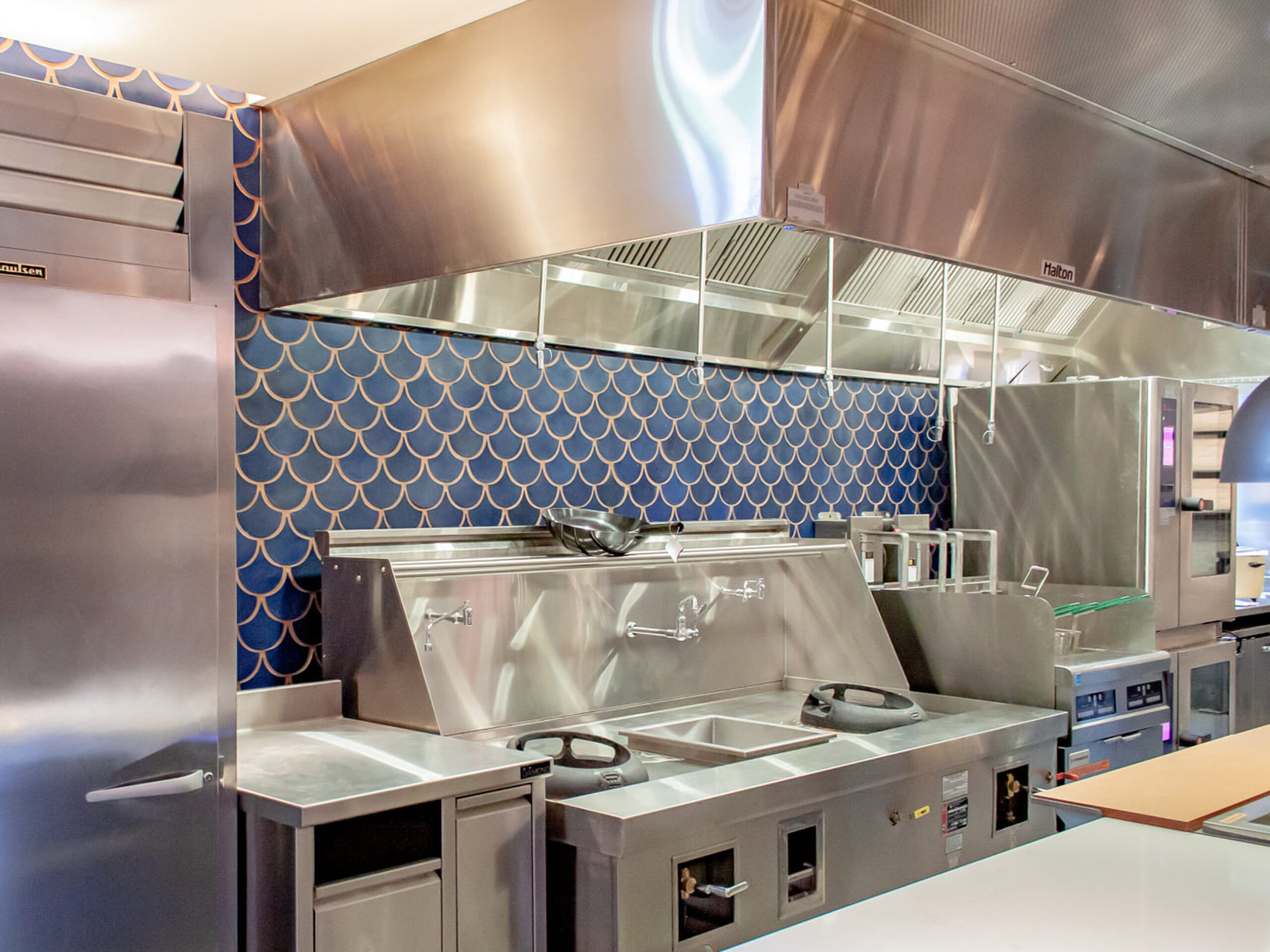NFPA 96 (National Fire Protection Association) and IMC (International Mechanical Code) Chapter 5 both play significant roles in regulating commercial kitchen ventilation systems. While they are separate documents, they often complement each other and address different aspects of commercial kitchen ventilation. NFPA 96 establishes standards for the installation of commercial kitchen ventilation systems and fire safety, while IMC establishes minimum requirements for mechanical systems. The AHJ (Authority Having Jurisdiction) uses these documents to assess whether a kitchen ventilation system is in compliance with the building codes and fire safety standards.
NFPA 96: This standard specifically focuses on the fire protection aspects of commercial kitchen ventilation systems. It provides requirements for the design, installation, operation, inspection, and maintenance of commercial cooking operations. NFPA 96 covers exhaust hoods, grease filters, exhaust ducts, and other components related to capturing and removing grease-laden vapors. It outlines guidelines for proper grease management, clearance requirements, fire suppression systems, and safety practices to minimize fire hazards in commercial kitchens.
IMC Chapter 5: The International Mechanical Code, specifically Chapter 5, addresses the mechanical requirements for ventilation systems in various occupancies, including commercial kitchens. It provides guidelines for the design, installation, and operation of mechanical ventilation systems. IMC Chapter 5 covers aspects such as exhaust fans, make-up air units, airflows, duct sizing, and general ventilation requirements. It focuses on ensuring proper airflow, contaminant removal, and maintaining indoor air quality in commercial kitchens.
The relationship between NFPA 96 and IMC Chapter 5 can be summarized as follows:
- Compliance: Commercial kitchen operators and designers need to consider both NFPA 96 and IMC Chapter 5 to ensure compliance with relevant regulations and codes. Adhering to these standards helps maintain fire safety, proper ventilation, and air quality in commercial kitchens.
- Scope: NFPA 96 specifically concentrates on fire protection and grease management in commercial kitchen ventilation systems. IMC Chapter 5 addresses a broader range of mechanical ventilation requirements, including airflows, fans, and overall ventilation design.
- Cross-Referencing: IMC Chapter 5 often references NFPA 96 as a recognized industry standard for commercial kitchen ventilation. It acknowledges the importance of following NFPA 96 requirements to ensure fire safety in conjunction with meeting general mechanical ventilation guidelines.
- Collaboration: Professionals involved in commercial kitchen design, installation, and inspections, such as fire officials, mechanical engineers, and building code inspectors, often consider both NFPA 96 and IMC Chapter 5 in their evaluations and enforcement efforts. The codes work together to ensure comprehensive safety and ventilation measures.
It is crucial to consult the latest versions of NFPA 96 and IMC Chapter 5, as well as any local amendments or additional regulations that may apply in your jurisdiction. Compliance with these codes helps ensure the safety, functionality, and efficiency of commercial kitchen ventilation systems.
If you are interested in further information on NFPA 96 or IMC Chapter 5, the experts who manufacture commercial kitchen ventilation systems can guide you on the proper selections needed to meet your requirement.
Our recommended next article would be: What is ASTM F1704 Standard Test Method for Capture and Containment Performance of Commercial Kitchen Exhaust Ventilation Systems? How does it differ from U.L. 710 rating?
Leave us a comment below, and we will answer, if you have any questions, please send us a message here
Subscribe to kitchenventilation.com
Stay up to date by subscribing to Halton’s Commercial Kitchen Ventilation Blogs by entering your email address to subscribe and Halton will provide you with the latest information on commercial kitchen exhaust hoods, pollution control units, air handling, and safety systems. You will receive notifications of new posts by email.

